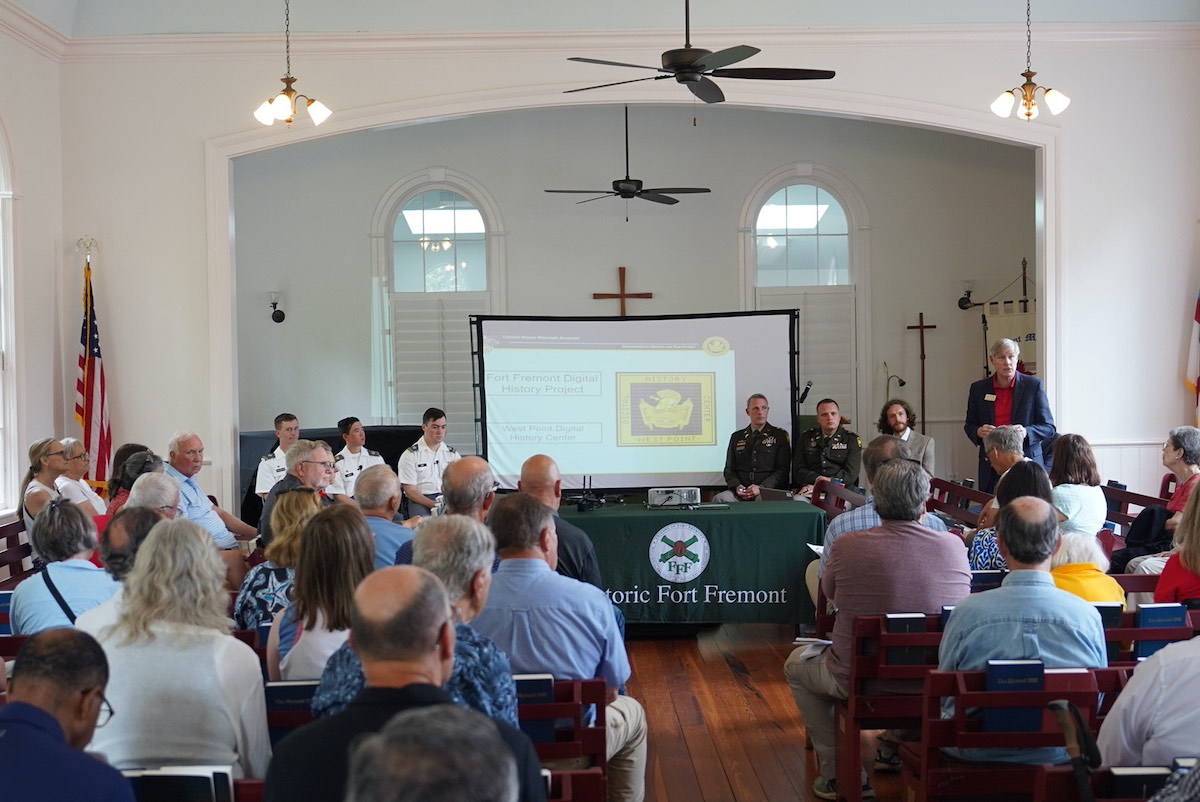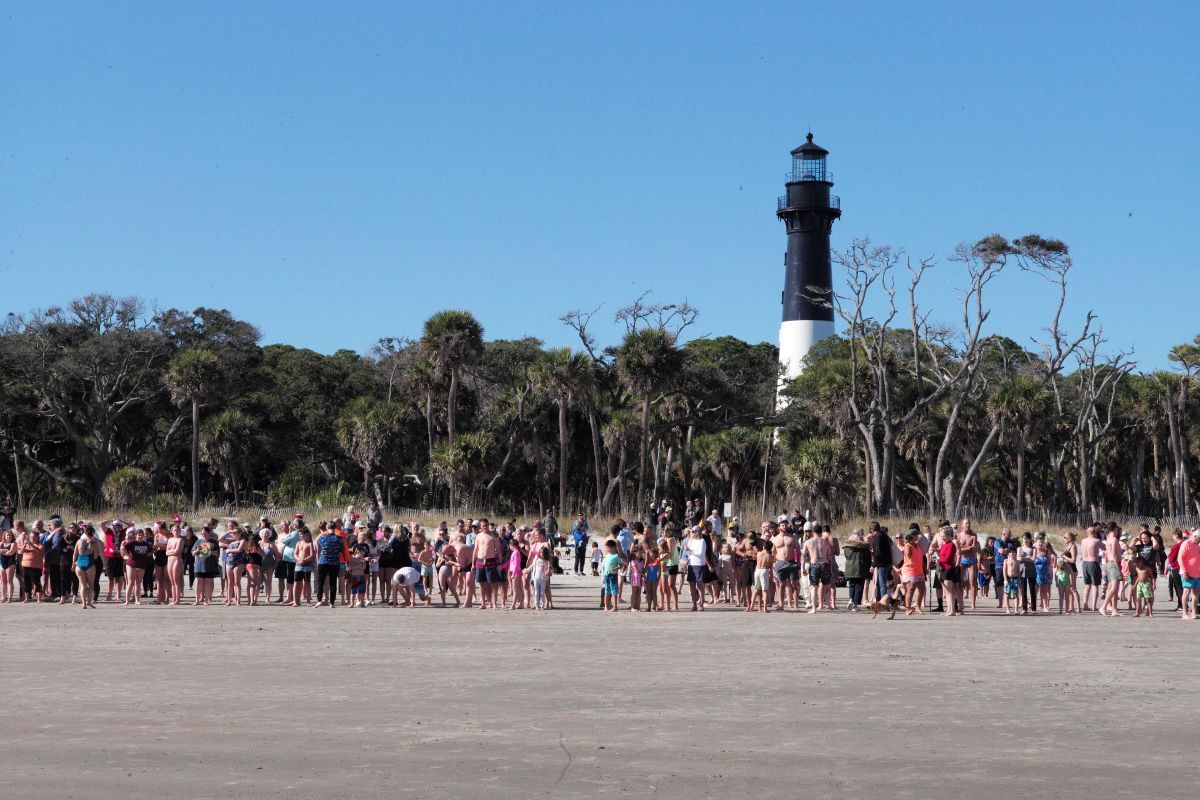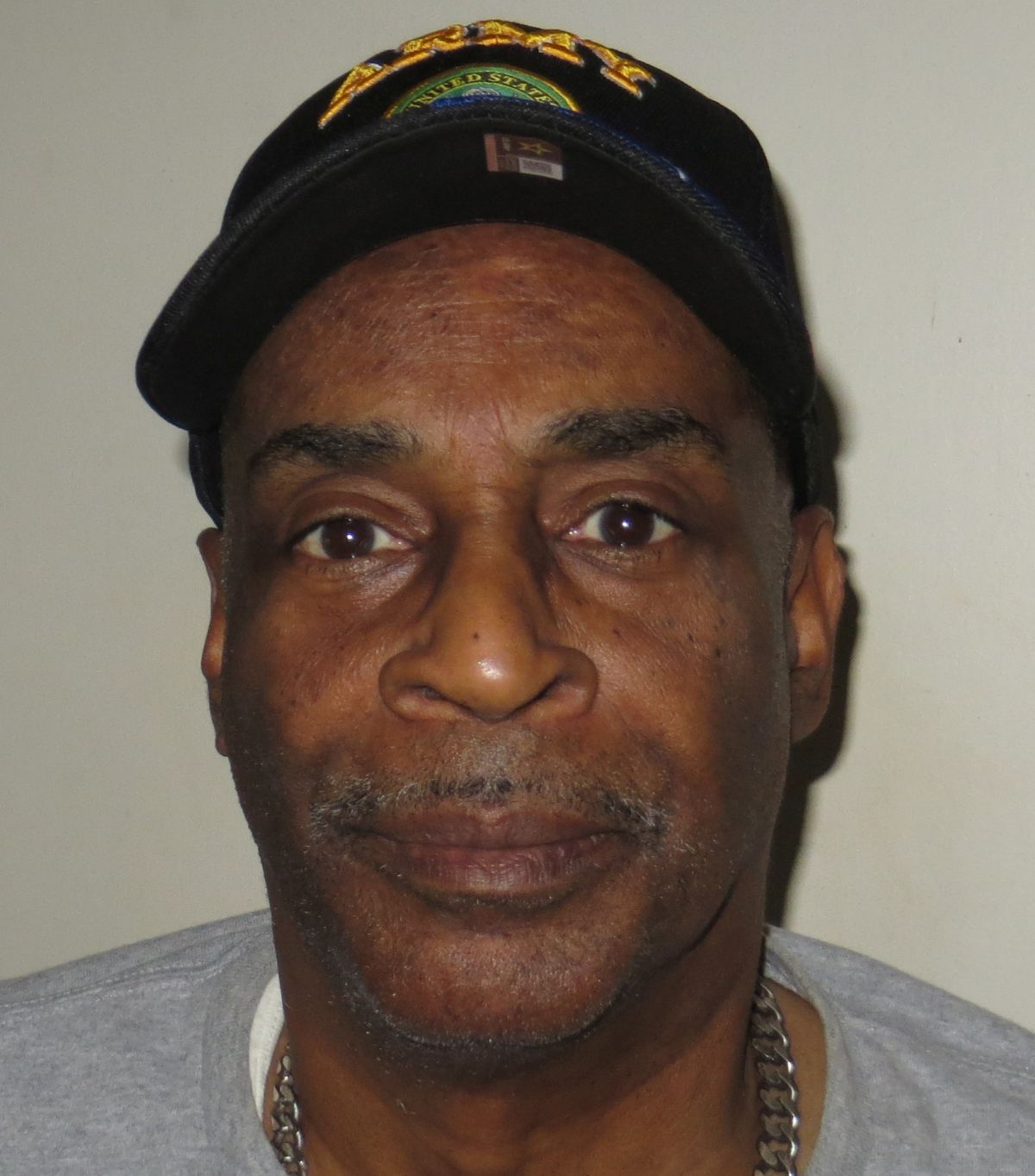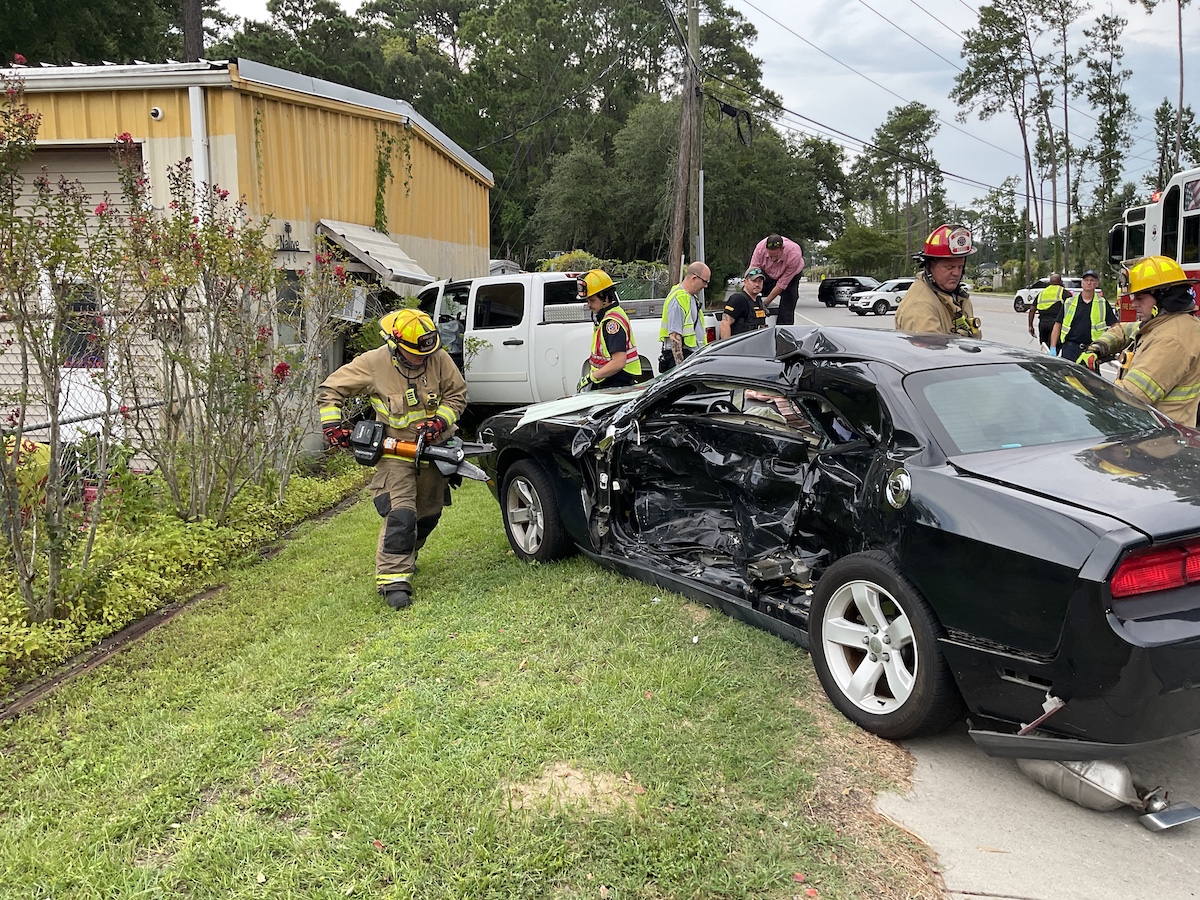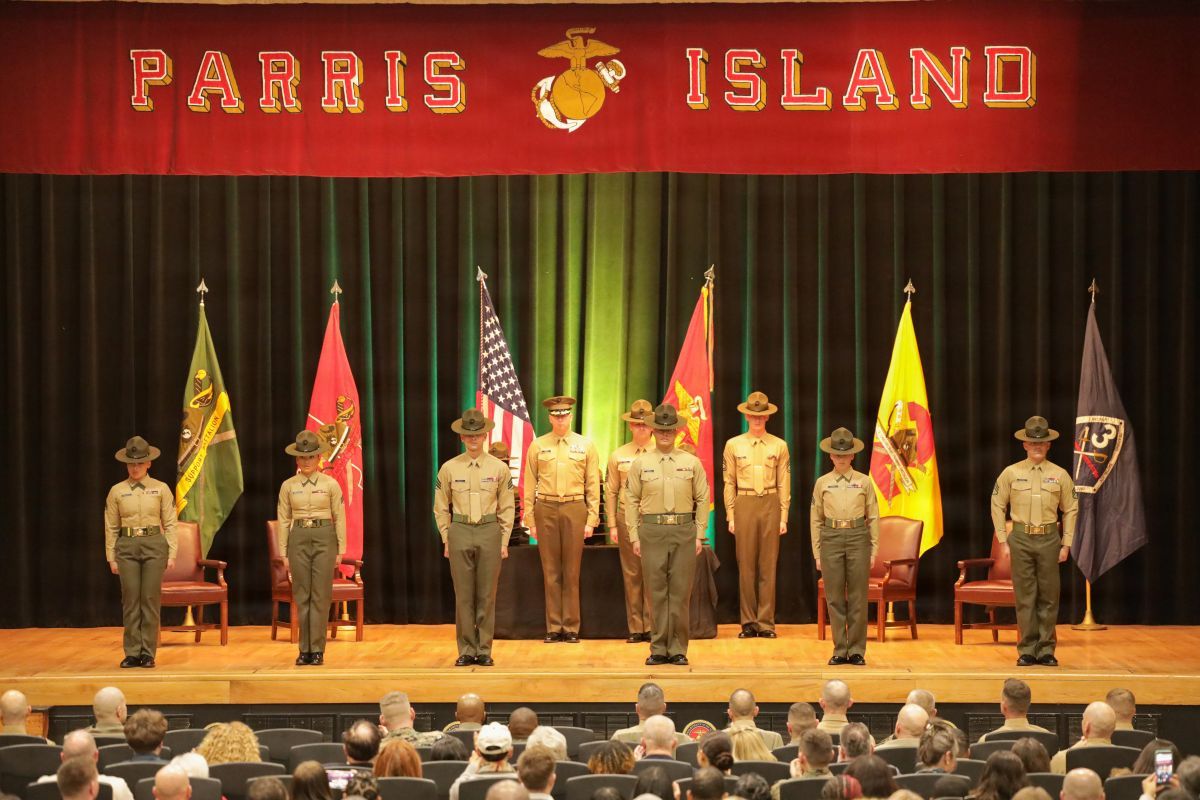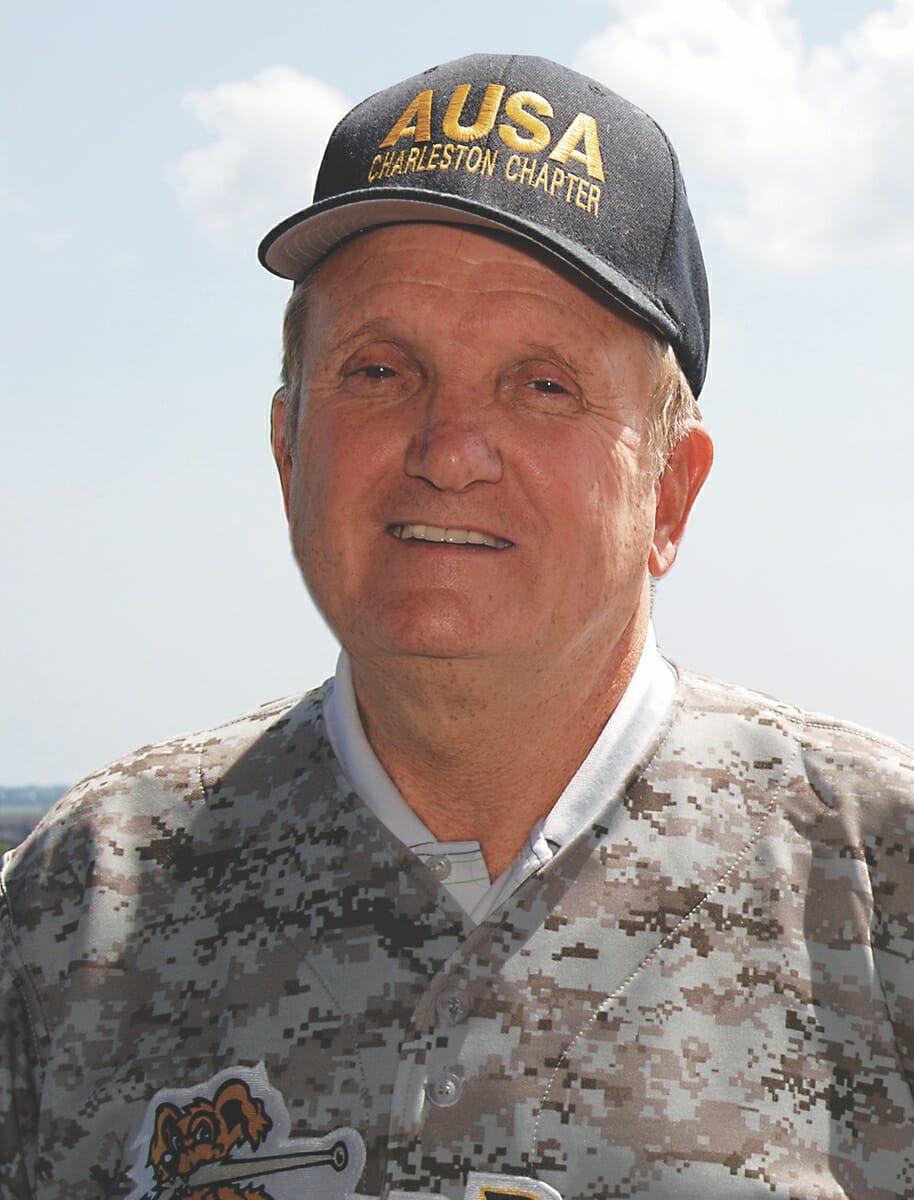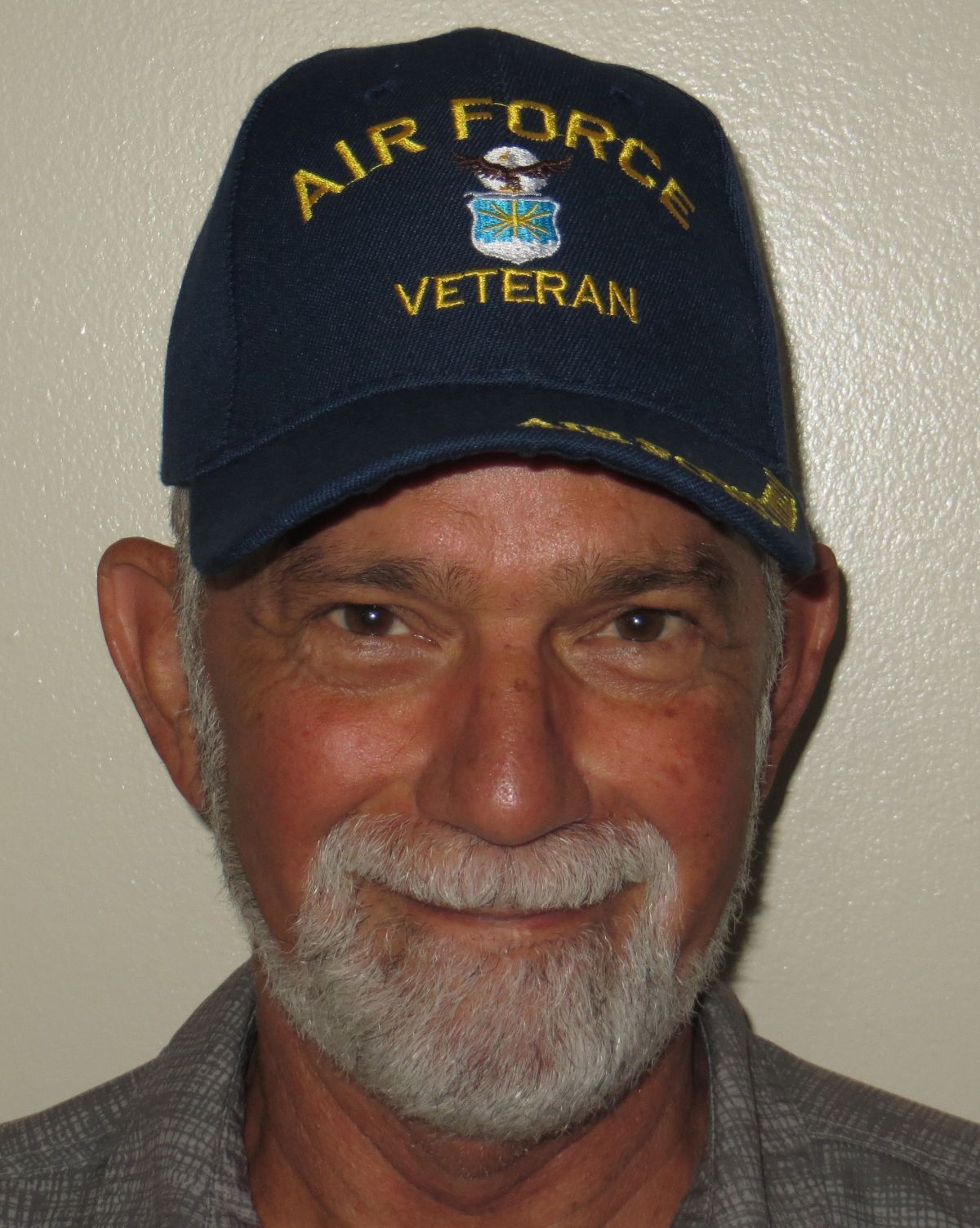US Military Academy cadets using technology to fill in the gaps
By Mike McCombs
The Island News
PORT ROYAL – Imagine one day being able to look at a three-dimensional graphic of what Fort Fremont looked like when it was still in operation on the shore of St. Helena Island.
Or better yet, imagine being able to see what it looked like when soldiers at the 19th-century fort loaded and fired its big guns.
Those things will likely soon be possible thanks to the Fort Fremont Digital History Project at the
West Point Digital History Center.
On Sunday, Aug. 3, a group of faculty and cadets from the U.S. Military Academy at West Point gave a presentation at Port Royal’s St. Mark’s Episcopal Church to members of the Friends of Fort Fremont, as well as other members of the public, almost 90 people in all.
Joining Barney Forsyth, the President of Friends of Fort Fremont, were the West Point Digital History Center Co-Director, Col. Sean Sculley, Ph. D.; Capt. Travis Salley; cartographer Jeffrey Goldberg; USC Beaufort Prof. James Shinn; Cadet 2nd Class Andrew Bebbington; Cadet 3rd Class Ian Smith; and Cadet 2nd Class Thomas Siry.
In this case, the goal of the Fort Fremont Digital History Project is to develop a digital simulation of some sort of the construction and operation of Fort Fremont.
Col. Sculley said in general, there were two ways digital history was advantageous.
One was to utilize technology to better present history, usually presented in books and journals, usually in print.
“Digital technology aids in presenting history in more exciting ways,” he said, “For instance, the use of gaming software to produce videos or 3D models that can be manipulated and accessible.”
The second way is the use of digital technology to do a better job in research and teaching history. For example, using Artificial Intelligence to create digital archives of historical manuscripts and helping to search that information.
Prior to coming to Beaufort, Sculley said the cadets spent 20 hours researching coastal fortifications, getting training on archival documents.
Once in Beaufort, Goldberg began using a drone to map the fort.
“Usually, flying a mission for this type of project is easy,” he said. “The problem here is live oaks and Spanish Moss do a really great job of hiding everything.”
Goldberg said the drone was used to take more than 2,000 pictures of the fort itself.
“Like mowing the lawn, the drone goes back and forth and back and forth over the target,” he said. “Later, the computer takes the points and makes a model.”
The cadets were to have one more day to study the construction of the fort.
According to Goldberg, the next steps are to compile all the data the group has collected and work on a 3D model.
“Further down the line, a software developer with construct what the fort looked like in 1888, 1889 when it was first constructed,” Goldberg said. “With the actual artillery pieces on there, the actual guns. That is our actual goal, that’s not going to be next week, that’s going to be over the course of months.”
While Sculley, Salley and Goldberg will see the project through to its completion, the cadets have just three more days on the project for class credit, though further research can be done as part of classes later.
Everyone involved in the project had their own points of interest.
Siry, a history major, had visited Beaufort numerous times before, but somehow he never knew about the fortification.
Smith, a math major, was interested in the new technology to build the fort, as well as the advanced calculus soldiers used by hand to track and target ships, just like modern day artillery, but with no computer or even the help of a calculator. He was also interested in the fact the beach in front of the fort was significantly larger – 300 feet — at the time the fort was in use.
Bebbington, majoring in Defense Strategies and Studies, emphasized that the purpose is to tell the story of Fort Fremont. Originally, the vision was to have re-enactments or a re-creation of the fort alone.
But Bebbington wonders what the soldiers’ daily lives were like?
Also, Bebbington pointed out the changes in artillery. Only since the close of the Civil War, the guns had improved so that any point in the mouth of the Port Royal Sound was within range, and shells could weigh a fourth as much and still be just as destructive. Of course, in another 25 years, America’s coastal defenses would be revolutionized, yet again, with the advent of airplanes.
Salley found it notable that the installation, in the deep south, was named not after a Confederate officer, but instead after John C. Fremont, a Union general and abolitionist.
And Sculley is interested in seeing the master rolls, the list of all the soldiers assigned to the base, their comings and goings, and who they were and where they were from. (It appears these rolls may have been found recently in the National Archives.)
USC Beaufort’s Prof. Shinn said event helped the Friends of Fort Fremont in their goal of raising their profile.
“They are trying to get people interested in Fort Fremont, he said. “They are trying to get people to see Fort Fremont as another one of Beaufort’s historical tourism locations.”
And he said Fremont’s history was important despite the fact it never saw action and was only here briefly.
“The significance of the fort is less about what did or didn’t happen at the fort … it’s more about how it represents an important event in the history of America, in coastal defense. And also American involvement of the world,” Shinn said. “It’s built to protect a really important Naval station on Parris Island. That Naval station is important because it’s supporting the first 1st Class battleships of the U.S. Navy that are starting to come out in the 1880s. The layout of the fort, the construction of the fort, the armaments of the fort … these are all cutting-edge technologies in the 1880s and 1890s. It’s more about what it typifies of represents in the history of technology and of American coastal defense than it didn’t actually see action.”
As for the Friends of Fort Fremont, Forsyth was happy with how well the event went.
“I couldn’t be more pleased.”
Mike McCombs is the Editor of The Island News and can be reached at TheIslandNews@gmail.com.

